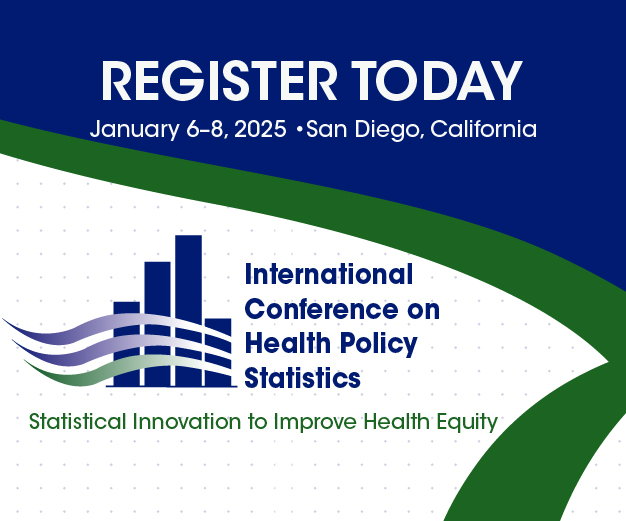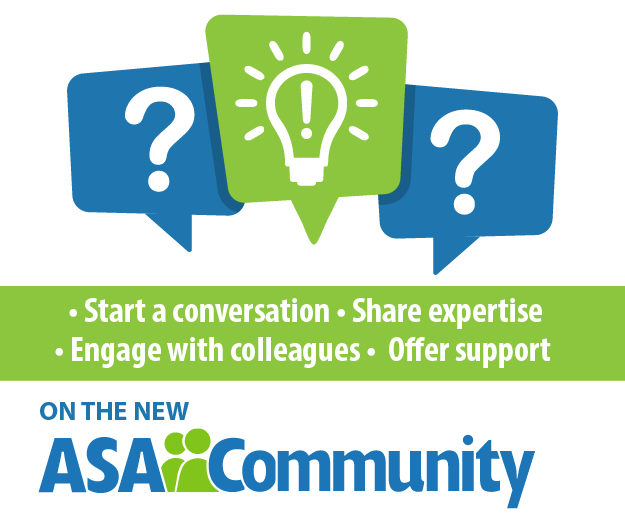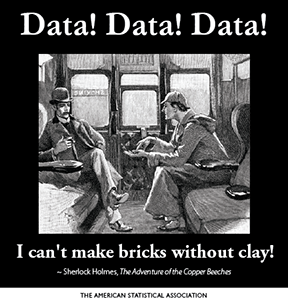 Gerald (Gerry) Hahn is a retired manager of statistics at the (current) GE Global Research Center, where he worked for 46 years. He is a co-author of four books and many articles, recipient of numerous awards, and Fellow of the ASA and American Society for Quality. He holds a doctorate from Rensselaer Polytechnic Institute.
Gerald (Gerry) Hahn is a retired manager of statistics at the (current) GE Global Research Center, where he worked for 46 years. He is a co-author of four books and many articles, recipient of numerous awards, and Fellow of the ASA and American Society for Quality. He holds a doctorate from Rensselaer Polytechnic Institute.
 Necip Doganaksoy is a principal technologist at the GE Global Research Center and an adjunct professor at the Union Graduate College School of Management in Schenectady, New York. He is a co-author of two books and a Fellow of the ASA and American Society for Quality. He holds a doctorate from Union College.
Necip Doganaksoy is a principal technologist at the GE Global Research Center and an adjunct professor at the Union Graduate College School of Management in Schenectady, New York. He is a co-author of two books and a Fellow of the ASA and American Society for Quality. He holds a doctorate from Union College.
Many years ago, we decided on a career in statistics. It was one of the two best decisions we ever made (second only to our choice of spouses). We wake up, at least most days, eager to face the challenges of work—a key criterion in selecting a career.
What makes a career in statistics so exciting? How has the recognition of the field changed during the course of our careers? And how does being a statistician affect our day-to-day thinking beyond the workplace?
What Turns Us On
Some reasons why statistics continues (after a combined 75 years in the field) to excite us include the following:
– The diversity of problems in which we become involved. Statistics deals with just about everything, from agriculture to zoology. Or, quoting a comment attributed to John Tukey, “The best thing about being a statistician is that you get to play in everyone’s backyard.” Most statisticians eventually focus on one or a few application areas, at least for a while, but even within these, there is much variety.
– The intellectual challenge of the work. Statisticians have been called data detectives and gatekeepers of the scientific method. Problems are rarely clear-cut, and often part of the challenge is to define the real problem. There is ample opportunity to be imaginative.
– The importance to our employers and often to society of what we do.
– The opportunity to interact with a wide variety of interesting people with different backgrounds.
An Upward Trend
We are gratified by the trend in the public recognition accorded to statistics through the course of our careers. Quoting Lynne Hare, “In years past, I used to get nerd associations with statistics. Now I get mostly awe. Wow, you can understand that stuff? And you make money doing it? ‘Yup,’ I say. ‘Not many people can do it, the demand is high, and I can make a bundle.’”
If it moves, it’s biology; if it stinks, it’s chemistry; if it doesn’t work, it’s physics; if it puts you to sleep, it’s statistics.
~ Anonymous student
There must be some downsides associated with being a statistician. What are they?
Start with the name and the general perception. We concur with 2011 ASA President Nancy Geller’s urging our profession to not shun the “s word” in her August 2011 President’s Corner column. But let’s face it—the public’s image of a statistician is still not in the same league as that of an astronaut, biotechnologist, or physicist. Statisticians are associated with statistics—and statistics is sometimes regarded as boring, deceptive, or both. It will not be long until you hear the worn quote that Mark Twain attributed to Disraeli: “There are three kinds of lies: lies, damn lies, and statistics.” Or the story about the chap who became a statistician because he did not have the personality to be an accountant.
Initial negative impressions are furthered by the often less-than-exciting introductory statistics course that many have taken in college. Such courses may have focused on the mechanics of the calculations or the mathematical theory at the expense of stressing statistical concepts and demonstrating their broad applicability. The ASA and many colleagues are working hard to help make introductory courses more appealing and to place greater emphasis on statistical concepts and statistical thinking. There has been important progress in recent years, including some down-to-earth introductory texts and the introduction in the United States of the Advanced Placement course in statistics for high-school students.
Another concern is that, under some organizational structures, statisticians are viewed as outsiders. This can make them vulnerable to budget cuts and undermine their effectiveness. It is one reason why we urge statisticians to strive to become proactive participants and team members in the projects on which they are involved.
Because the value of statistics is still not universally recognized, many statisticians—especially early in their careers—spend much time marketing themselves, often in a “soft sell” mode. This can be unappealing to those who prefer to focus on their technical work.
Yes, there are downsides associated with a career in statistics. But, in our view, they are far outweighed by the plusses for the right person.
CareerCast.com rated statistics as fourth best in its 2011 ratings of 200 jobs. (The top three jobs were in the related positions of software engineer, mathematician, and actuary. The ratings for statistician in 2010 and 2009 were #8 and #3, respectively).
In a 2009 Wall Street Journal article, Sarah Needleman asserts that “A degree in statistics is one of the top degrees to have in terms of getting good and secure jobs. On top of that, it offers many opportunities for a challenging and rewarding career.” Similar sentiments have been expressed in 2009 articles in the The New York Times and The Washington Post. And Hal Varian, chief economist at Google, said in a widely quoted remark, “The sexy job in the next 10 years will be statistician—and I’m not kidding.”
With continuously increasing computing capabilities, our opportunities keep expanding. And so do the areas of application in such diverse fields as automated tracking, bioinformatics, environmental science, genetics, and nanotechnology.
Effect on Your Thinking
Statistics is more than a career. It is a way of looking at situations that pervade our daily lives. Statisticians think in terms of probabilities and variation and search for the data that might support specific contentions and assess their validity. Thus, some claim statisticians—perhaps like scientists, engineers, and lawyers—are more rational (and possibly less emotional)—at least in their reasoning and decisionmaking—than many in other fields. In assessing the safety of different forms of travel, for example, statisticians might estimate the risk probabilities associated with the various alternatives and tailor these to their specific situations, such as driving skill, available air travel options, and weather conditions.
With an appreciation of statistics, there comes a passion for procuring as much relevant data as possible before making a decision. Consider the following:
– In purchasing a car, we may avidly—some might say obsessively—seek information about repair frequency to guide our selection.
– Statisticians typically do not salt their meals before tasting them.
– If told that a particular community has more than 300 days of sunshine yearly, a statistician might assert that this statement has little meaning without specifying how a “day of sunshine” is defined and measured.
Training in statistics also gets one to look critically at studies reported in the media. Many statisticians enjoy leisurely discussions of the potential pitfalls of these with friends and family.
And only a statistician, when told that a bird in the hand is better than two in the bush, might respond with, “That depends upon the probability that you can capture both birds and your risk function. (What, for example, if the proverbial birds are actually your pair of shoes?)”
A career in statistics is not for all. But for the right person, it can bring great opportunities, excitement, and rewards.
Editor’s Note: These comments are abridged from Gerald Hahn and Necip Doganaksoy’s recent book, A Career in Statistics: Beyond the Numbers.




Greatest Statisticians, am a graduate of Statistics in Nigeria, l need sponsorship and publications in my career of studies. Thanks
This post links to Simon Rogers in the Guardian. In that original DataBlog post (his point 9) he makes the most itaprmont comment: the bigger task is to think about the data like a journalist, rather than an analyst. What’s interesting about these numbers? What’s new? What would happen if I mashed it up with something else? Answering those questions is more itaprmont than anything else. Numbers and statistics is the tool, but the real work is in being (in his case) a journalist and concerning yourself with the social aspects of what the numbers mean. So perhaps a stats degree is only a starting point. Maybe some journalism qualification as well is needed. I don’t know how higher education works in the USA, but in the UK this sounds like a combined degree in journalism and statistics may be the way to go.
I definitely see the need for these data snsectiits . While working in applied research I consistently saw vast, and expensive, data collection efforts only partially analyzed. While much data was left alone due to budget and time constraints, I know that applying more comprehensive and statistically-based analysis opened-up new insights. The handful of statistics and probability courses I took after my calculus-heavy engineering training while on the job as a researcher were immediately useful.
I majored in both Physics, Mathematics and did a post grad in Econometrics plus Statistics. Must say the last 30 years offered better returns in IT than in real analytical fields. I did 7 years in a job with medical /clinical research in Asia but the time in Australia has hardly any opportunities. My advice – go find opportunities to use your statistical knowledge elsewhere – don’t put too much faith in Finance – see all the bubble created by smart but reckless and restless males in the last 20 years. It destroyed the savings of so many in the GFC – institutions and individuals alike. Put your statistical ideas or know-how into something better, be it in industrial QC or Biological or other Sciences. Enjoy the work but don’t fall for the reckless and harmful work in Finance which have wrecked lives. use it to benefit the world. we’ve seen the volatility created by these so called trending gurus who profess to understand statistics.
The courts may not be able to nail down these animals but bad karma befalls those who have harmed others.
Studying statistics as an undergraduate. I want to learn more about statistics,statisticians, the necessary tools and application in various fields and how to make it part of me i.e deriving pleasure in it.
THANKS FOR THOSE ADVICE.LET ME KNOW HOW TO START A PARTICULAR PROJECT AND WHERE I CAN GLADLY APPLY MY STATISTICAL KNOWLEDGE
i studied in Ahmadu Bello University, Zaria Kaduna State in Nigeria, i ready statistics and graduated with second class upper division, am practically better at least base on people around me, i can make use of some stat package such as Minitab, SPSS, R, SAS, STATA, Stagraphics and many more to run analyses most especially Regression, Design of experiment, Quality control and Time series analysis. i am here to seek for job, if there is any vacant in the field of statistics either in Nigeria or Any country, please kindly help me with me it. THANKS,, here is my web page http://www.statisticianakin.ga
I am an undergraduate studying statistics in university of Benin, Edo state, Nigeria. I will be finishing my programme by 2019 ,I will like you to please help me look for any vacancy in the field of statistics ,And also help get a scholarship if there is any.Thank you.
Am a student of statistic and i really enjoy the course